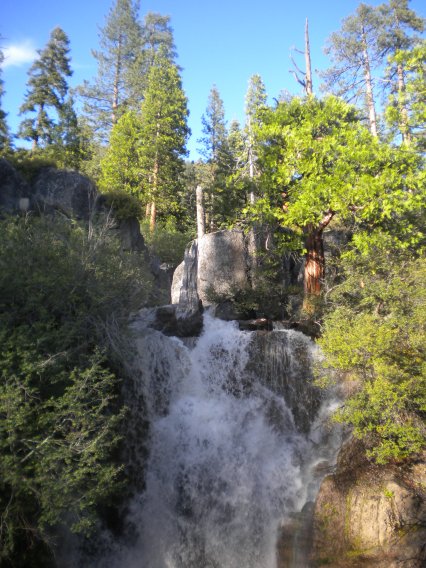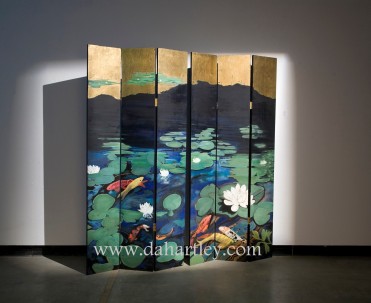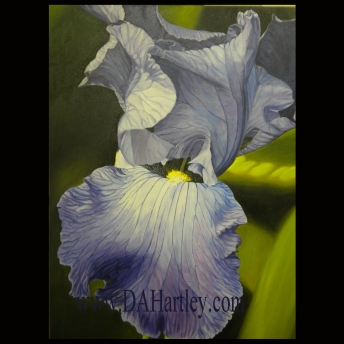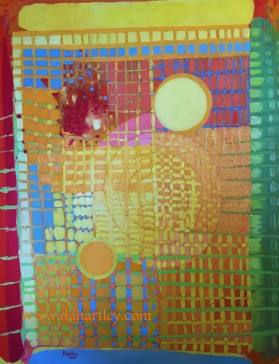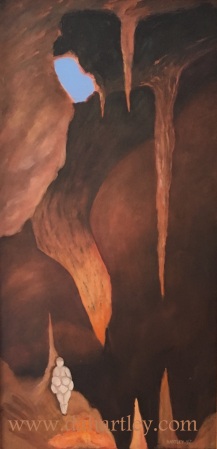Photo: Jae C. Hong, Associated Press
State officials have ordered oil companies to shut 12 more wells that injected oil-field wastewater into drinkable aquifers beneath California’s drought-stricken Central Valley, regulators reported Tuesday.The wells, used to dispose of water left over from oil production, are clustered in Kern County, the heart of the state’s petroleum industry. All have pumped water laced with oil and trace chemicals into aquifers that could be used for drinking or irrigation in the valley’s fields and orchards.
They are the result of three decades of bureaucratic confusion among state and federal regulators that allowed oil companies to drill hundreds of disposal wells into aquifers that were supposed to be protected by law. The problem was the subject of a Chronicle investigation in February.
Each of the 12 wells recently ordered closed was found to be injecting wastewater within a lateral mile and 500 vertical feet of a drinking-water well, prompting the shutdown order from the state’s Division of Oil, Gas and Geothermal Resources.
RELATED
File – This Jan. 16, 2015, file photo shows pumpjacks operating at the Kern River Oil Field in Bakersfield, Calif. California is proposing broad changes in the way it protects underground water sources from oil and gas operations, after finding 2,500 instances in which the state authorized oil and gas operations in protected water aquifers. State oil and gas regulators on Monday, Feb. 9, released a plan they sent the U.S. Environmental Protection Agency last week for bringing the state back into compliance with federal safe-drinking water requirements. (AP Photo/Jae C. Hong, file) State pledges to stop oil firms from tainting aquifers Aletha, center, and Tom Frantz, right, and family friend Judy Reed, left, plant new almond trees as P.D., the dog, wanders by Jan. 29, 2015 on Frantz’s land in Shafter, Calif. Frantz is a fourth generation farmer who recently inherited his father’s land and currently has 4,000 almond trees. Frantz is concerned about the quality of his future water supply. State let oil companies taint drinkable water in Central Valley
‘A significant step’
“As we’ve said before, the protection of California’s groundwater resources — as well as public health — is paramount, particularly in this time of extreme drought,” said Steven Bohlen, the division’s supervisor. “Halting injection into these wells is a significant step toward that goal.”
So far, no drinking wells have been found to be contaminated by the underground wastewater injections.
“We intend to keep it that way,” Bohlen said.
The companies that own 10 of the injection wells voluntarily relinquished their well permits, Bohlen said. The division has filed cease-and-desist orders against the two companies that own the two other wells, demanding that injections stop within 24 hours. All of the companies will be required to test water quality in the affected aquifers and check for contamination in nearby drinking-water wells.
Eight other injection wells shut down by the state last year remain closed.
California produces more oil than any state other than Texas and North Dakota, and its petroleum reservoirs hold far more water than crude. Last year, oil companies extracted 205.3 million barrels of petroleum from the ground, along with 3.3 billion barrels of salty water, according to the division. Once it has been separated from the oil, most of the water is pumped back underground, sometimes into the same formation it came from, sometimes elsewhere — including usable aquifers.
A Chronicle review in February found 171 cases in which the division allowed oil companies to inject “produced water” into high-quality aquifers that were supposed to be protected under federal law. Another 253 injection wells went into aquifers whose water could have been used with more extensive treatment.
In addition, the division improperly issued permits for 2,021 other wells that are injecting water or steam into aquifers that also contain oil, usually as a way of squeezing more petroleum out of the ground.
The wells recently ordered closed are owned by California Resources Corp., Chevron U.S.A., E&B Natural Resources Management, Linn Operating Inc., Modus Inc. and Western States International Inc. Modus and Western States received cease-and-desist orders from the division.
“It’s encouraging to see them take immediate action when they see a threat,” said Andrew Grinberg, oil and gas program manager with the Clean Water Action environmental group. “Obviously we have concerns about all the wells that remain open.”
Series of foul-ups
The problem dates to 1982, when the U.S. Environmental Protection Agency granted the division authority to enforce the federal Safe Drinking Water Act in California’s oil fields. Through a tangled series of snafus, the two agencies developed different lists of aquifers that were considered suitable for wastewater disposal. As a result, the division started issuing injection permits for some aquifers that should have been protected, a problem that persisted undiscovered until 2011.
According to a report issued Tuesday by state environmental regulators, the federal EPA and the division adopted two agreements on which aquifers to use, one in 1982 and the other the following year. But the signature page of the second agreement, including the date, was photocopied from the first, adding to the confusion.
3 shut wells reopened
The problem first sprang into public view last year when the division abruptly shut down 11 injection wells in Kern County, fearing that they had breached aquifers already used for drinking or irrigation. The owners of three of those wells were later allowed to resume pumping after they proved to state officials that their wells had not accessed drinking-water aquifers after all.
The division is now examining all of the disputed injection wells and has warned oil companies that injections into potentially drinkable aquifers must stop by Oct. 15.
David R. Baker is a San Francisco Chronicle staff writer. E-mail: dbaker@sfchronicle.com Twitter: @DavidBakerSF
David R. Baker
David R. Baker
Business Reporter
